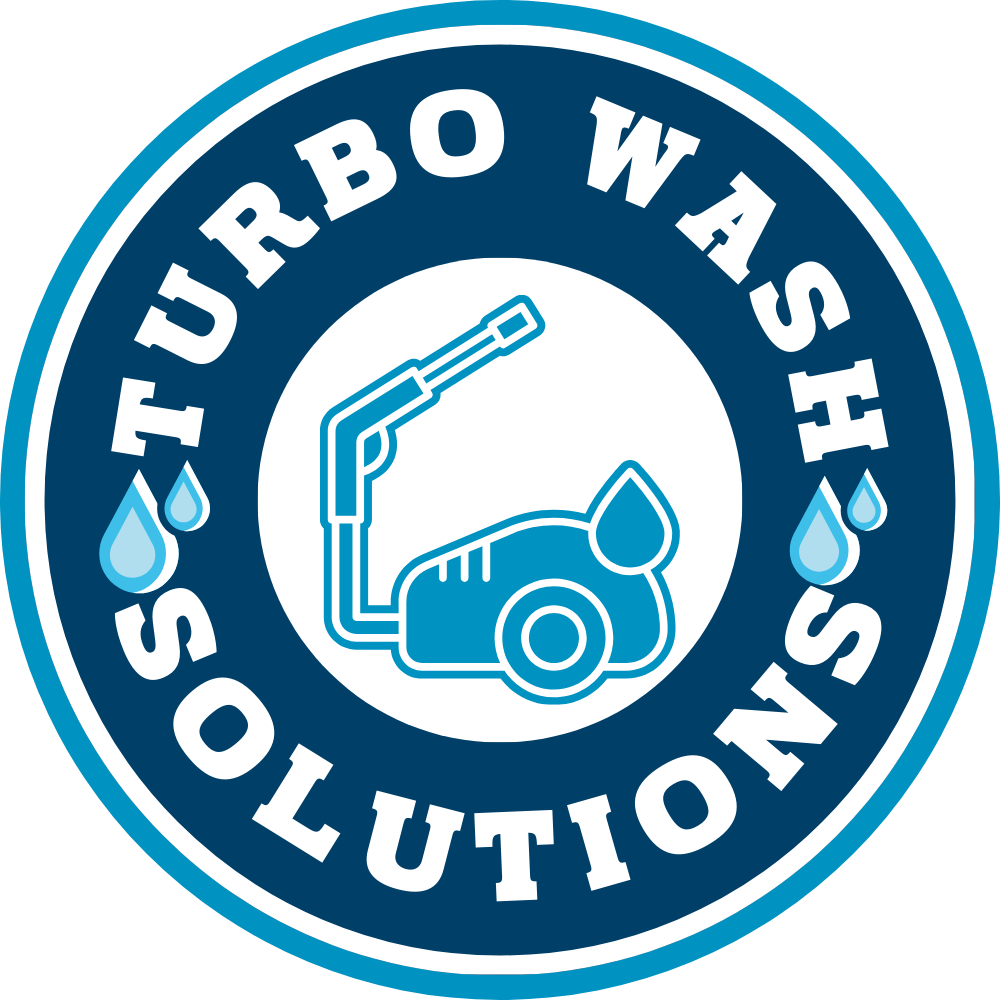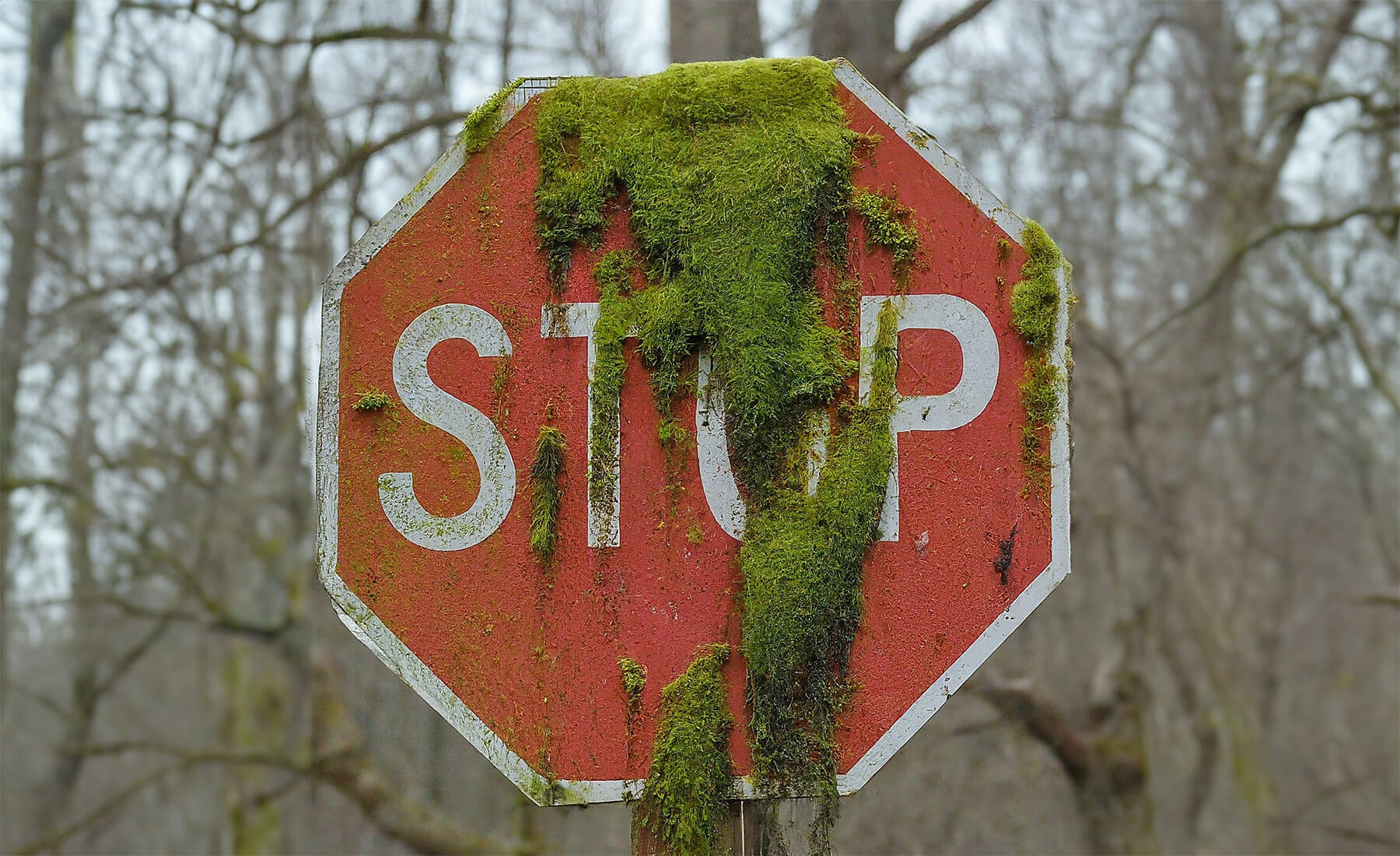Pressure washing is a powerful method for thoroughly cleaning a home’s exterior surfaces and preparing them for a fresh layer of paint. When performed correctly using the proper technique and safety precautions, pressure washing can remove dirt, mold, mildew and other debris without causing damage to the underlying materials.
The first step is to select an appropriate pressure washer for the job. It is important to choose a machine with a pressure rating suited to the specific materials on the home’s exterior. For example, vinyl siding can typically withstand pressures between 2,500-3,000 PSI, while more delicate surfaces like natural wood siding are better cleaned at a gentler 1,200-1,500 PSI setting. Homeowners should also consider whether a rental unit or purchasing a washer provides the best value based on the size and frequency of anticipated cleaning projects.
Before beginning, safety measures must be addressed. Fragile landscaping elements and plants should be shielded from spray using tarps. Light fixtures and electrical outlets also need protection to prevent water intrusion. Pressure washing should not involve use of ladders for safety, and the high-powered stream must never be directed into seams or cracks in siding where moisture could become trapped.
Proper setup of the pressure washer is important. Manufacturers’ instructions should be followed precisely when mixing cleaning detergent into the water supply. The unit then needs connecting to an outdoor water source, such as a garden hose. Testing spray pressure on an inconspicuous sample area helps ensure effective removal of grime without surface damage.
Cleaning should proceed in an orderly, top-to-bottom fashion working side-to-side across the home. This methodology prevents streaking. Special care is required for overhanging roof eaves and gutters, where the spray nozzle angle should be adjusted to approximately 45 degrees to keep water from being driven behind siding panels.
Once the pressure washing is complete, the unit must be turned off and disconnected from the water source. A final rinse of the exterior using only a standard garden hose is recommended to flush away any remaining cleaning agent residue before it dries. Protective coverings should then be removed and the home allowed to fully dry, typically within two days, prior to painting or sealing.
Adherence to these steps and a diligent focus on safety will result in an exterior surface that is thoroughly cleaned and properly prepared for any needed repairs or upcoming maintenance through effective use of pressure washing.

